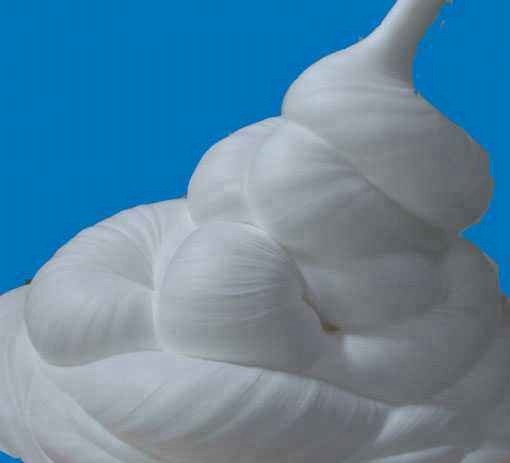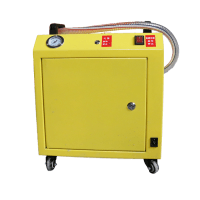Professional solutions on concrete addtives, Concrete Foaming Agent, Superplasticizer, CLC Blocks Additives, and foaming machine
(What is Hydroxypropyl Methyl Cellulose?)
What is Hydroxypropyl Methyl Cellulose?
Hydroxypropyl methylcellulose also simplified as hypromellose (hydroxypropyl methylcellulose, abbreviated as HPMC), is a variety of non-ionic cellulose mixed ethers. It is a type of polymer that is partially synthetic, inactive, and has a dense, elastic consistency. It is frequently utilized as a lubricant in ophthalmology or an oral medicine ingredient. It is commonly found in various commercial products. As a food additive, hypromellose can be used as an emulsifier, thickener, suspending agent, and substitute for animal gelatin.
Features of Hydroxypropyl Methyl Cellulose
1. Water retention: Hydroxypropyl methylcellulose can retain water on porous surfaces like wall cement boards and bricks.
2. Film-forming properties: Hydroxypropyl methylcellulose can form a transparent, tough, soft film with excellent oil resistance.
3. Organic solubility: hydroxypropyl methylcellulose is soluble in some organic solvents, such as a solvent system composed of ethanol/water, propanol/water, dichloroethane, and two organic solvents in proper proportions.
4. Thermal gelation: When heated, the aqueous solution of hydroxypropyl methylcellulose must form a gel, and the gel formed after cooling becomes a solution again.
5. Surface activity: Hydroxypropyl methylcellulose provides surface activity in solution to achieve the desired emulsification and protective colloid.
6. Suspension: Hydroxypropyl methylcellulose can prevent the precipitation of solid particles, thereby inhibiting the formation of precipitates.
7. Protective colloid: hydroxypropyl methylcellulose can prevent the accumulation or coagulation of droplets and particles.
8. Adhesiveness: Hydroxypropyl methylcellulose is a binder for pigments, tobacco, and paper products and has excellent functions.
9. Water solubility: Hydroxypropyl methylcellulose can be dissolved in water in different amounts, and its maximum concentration is limited by viscosity.
10. Non-ionic inertness: Hydroxypropyl methylcellulose is a non-ionic cellulose ether that will not combine with metal salts or other ions to form insoluble precipitates.
11. Acid-base stability: hydroxypropyl methylcellulose is suitable for use within the pH 3.0-11.0 range.
12. Hydroxypropyl methylcellulose is tasteless and not affected by metabolism.
13. Hydroxypropyl methylcellulose is used as an additive in food and medicine. It will not be metabolized in food or provide calories.
What is hydroxypropyl methylcellulose used for?
1. Construction industry: Hydroxypropyl methylcellulose is a substance that is added to cement mortar to help retain water and slow down its drying process. It is also used as a binding agent in various building materials such as plaster, putty powder, and plaster to make them more spreadable and to extend the time available for working with them. Hydroxypropyl methylcellulose is used as paste tile, marble, plastic decoration, and paste enhancer, and it can also reduce the amount of cement. The water-retaining performance of HPMC prevents the slurry from cracking due to drying too quickly after application and enhances the strength after hardening.
2. In the ceramic manufacturing industry, Hydroxypropyl methylcellulose is commonly utilized as a binder for producing ceramic products.
3. Coating industry: Hydroxypropyl methylcellulose is commonly used in the coating industry to thicken, disperse, and stabilize coatings. It works well with water and organic solvents and is also effective as a paint remover.
4. Ink printing: Hydroxypropyl methylcellulose is a thickening agent, dispersant, and stabilizer in the ink industry. It is compatible with both water and organic solvents.
5. Plastics: hydroxypropyl methylcellulose as a mold release agent, softener, lubricant, etc.
6. Polyvinyl chloride: Hydroxypropyl methylcellulose is used as a dispersant in producing polyvinyl chloride. It is the main auxiliary agent for preparing PVC by suspension polymerization.
7. Others: Hydroxypropyl methylcellulose is commonly used in various industries, including leather, paper, fruit and vegetable preservation, and textiles.
8. Pharmaceutical industry: coating materials; film materials; rate-controlling polymer materials for sustained-release preparations; stabilizers; suspending agents; tablet adhesives; viscosity-increasing agents
What is hydroxypropyl methylcellulose made of?
Hydroxypropylmethylcellulose (HPMC) is a mixed alkylhydroalkylcellulose ether containing methoxy and hydroxypropyl groups. Alkali-treated cellulose first reacts with methyl chloride to form methoxy groups and then reacts with propylene oxide to form propylene glycol ether groups.
Hydroxypropyl Methylcellulose Supplier
TRUNNANO is a reliable hydroxypropyl methylcellulose supplier with over 12-year experience in nano-building energy conservation and nanotechnology development.
If you are looking for high-quality hydroxypropyl methylcellulose, please feel free to contact us and send an inquiry. (sales@cabr-concrete.com)
We accept payment via Credit Card, T/T, West Union, and Paypal. TRUNNANO will ship the goods to customers overseas through FedEx, DHL, by air, or by sea.
(What is Hydroxypropyl Methyl Cellulose?)






